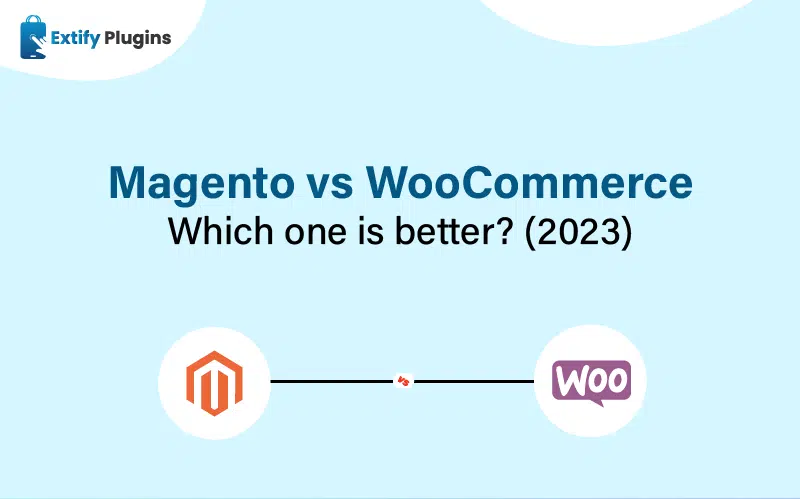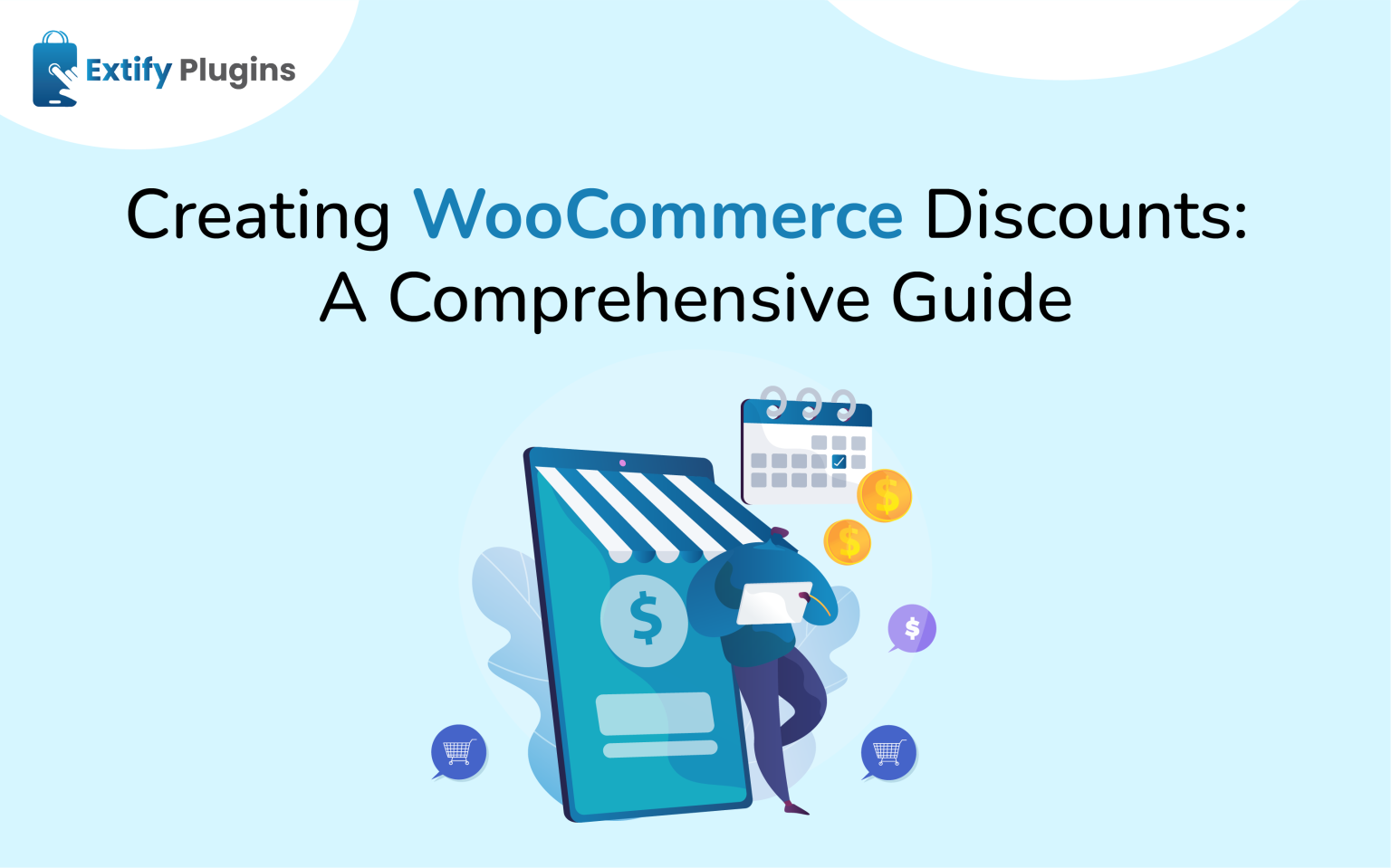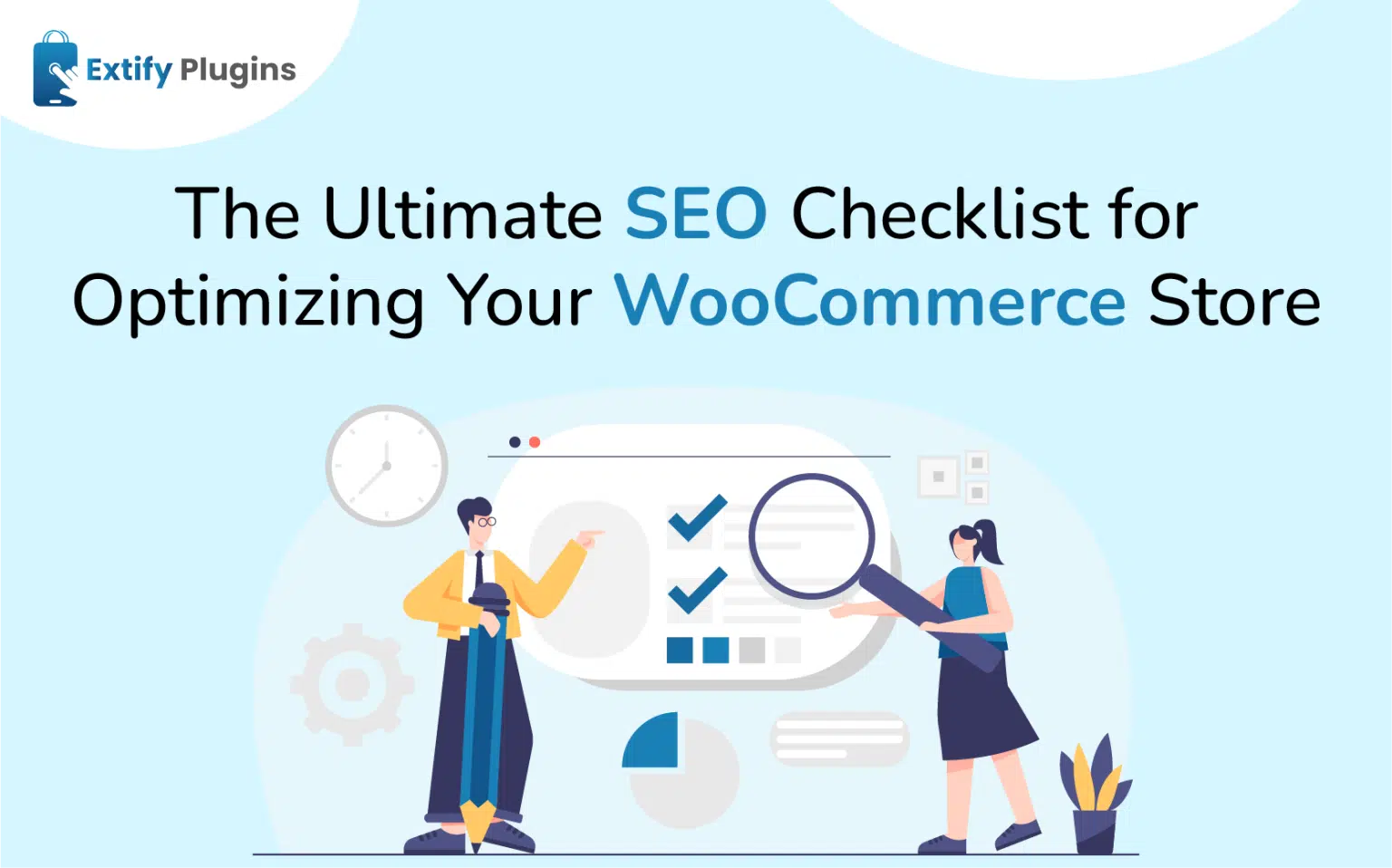Magento and WooCommerce are both widely used e-commerce platforms, each with its own distinct features and functionalities.
Magento is specifically designed for larger businesses and stands out for its extensive range of features. It offers advanced inventory management, the ability to manage multiple stores, and a high degree of customization. With Magento, businesses can create complex product catalogs, implement sophisticated pricing structures, and ensure robust performance and security. However, it is important to note that Magento requires a higher level of technical expertise and resources for development, hosting, and maintenance.
On the other hand, WooCommerce is a plugin for WordPress, making it a popular choice for small to medium-sized businesses and individuals. It seamlessly integrates with WordPress, leveraging the familiar CMS features and benefiting from the vast selection of WordPress themes and plugins. WooCommerce provides a user-friendly setup process, intuitive product management, and a wide range of extensions to enhance functionality. It is known for its simplicity and ease of use, making it ideal for businesses that prioritize a quick and hassle-free e-commerce solution.
When choosing between Magento and WooCommerce, several factors should be considered, including the size and complexity of your business, technical expertise, budget, and specific requirements. Magento offers extensive customization and scalability, but requires more technical knowledge and resources. WooCommerce, on the other hand, is user-friendly and flexible, particularly for businesses seeking simplicity and integration with the WordPress ecosystem. Ultimately, the decision should be based on your unique needs and priorities as an e-commerce business.






